Can the United States government refuse to give you a governmental benefit because it thinks your speech disparages a group of people, or even a belief? That is the issue that will be argued this morning in the Supreme Court.
The Court will hear argument today in Lee v. Tam, a major First Amendment case. Michelle K. Lee, the Petitioner (who is appealing) is the Director of the United States Patent and Trademark Office (I’ll call them the USPTO in this post). Simon Shiao Tam, the respondent (defending the judgment below) is a member of The Slants, a rock group whose members are Asian. The group sought trademark protection for the name “The Slants” as an effort to “take back” the term, much as many black Americans have done with another racially ugly word. The USPTO denied the trademark, citing the disparagement clause of the Lanham Act.
The case has significance, not just for speech generally, but also for the Redskins trademark, which has also been rejected by the USPTO pursuant to the disparagement clause.
You can read the brief filed by the Respondent (the Slants) here. It presents the issue in this way:
The disparagement clause in section 2(a) of the Lanham Act, 15 U.S.C. § 1052(a), prohibits the registration of a trademark that “may disparage . . . persons, living or dead, institutions, beliefs, or national symbols, or bring them into contempt, or disrepute.”
The question presented is whether the disparagement clause is contrary to the First Amendment.
The names on the brief include Eugene Volokh of the Volokh Conspiracy, and my own pro bono lawyer Ron Coleman, about whom more below.
The answer to the question presented to the Court should seem obvious. The central purpose of the First Amendment is to prevent the government from engaging in viewpoint discrimination — and viewpoint discrimination is precisely what the disparagement clause of the Lanham Act is all about. Sure, this may seem benign to some — who wants to see Asians or Native Americans disparaged? But it’s not benign, at all. First of all, this provision would allow the term “Scientology” to be approved as a trademark, while anti-Scientology trademarks could be rejected. When the government puts its imprimatur on the trademark of a cult, but refuses one to people who seek to expose the cult, that is not benign. But in addition, it’s simply not the business of government to be doling out privileges, or refusing them, based on the viewpoint of the people seeking the privilege.
We should get a sense today of how the justices feel. I’m cautiously optimistic.
A side note: today’s oral argument will be heard by eight justices, not nine. Donald Trump is two days from his inauguration, and while he has been meeting with potential replacements for Supreme Court nominees, he has not yet chosen one. This raises the issue whether Trump’s new justice, who is likely to be confirmed before this case is decided, could participate in the decision, even though he or she will not have participated in the arguments. A January 12 piece in the American Bar Association Journal notes that, in the past, cases have been decided only by justices who participated in oral argument. This is a matter of tradition, not law, and it could be broken:
The new justice could rule after reading briefs and listening to the oral arguments. But, in the past, new justices have ruled in argued cases only when they are reargued.
One of the experts who spoke with Supreme Court Brief is William Suter, the former clerk of the Supreme Court. “I know of no statute or rule that would prohibit a new justice from participating in such a case,” he said.
Suter nonetheless had misgivings about a new justice deciding cases already argued. “I think the ‘common sense rule’ would be that a new justice would not participate,” he told Supreme Court Brief. “It would look fishy, especially if the newbie voted with the majority in a 5-4 decision.”
The article notes that the Supreme Court has not scheduled arguments in some cases that usually would have been argued at this point. The court appears to be waiting for a new justice who might prevent a 4-4 split.
This tends to suggest that the Slants case is considered by the existing justices to be one of the less controversial cases on the docket. I hope so, and cautiously expect that to be the case. While I do not want to jinx Ron Coleman (one of the lawyers for the Slants), it would not surprise me to see a lopsided vote striking down the disparagement provision, such as 8-0, or 7-1. But we should know much, much more after today’s oral argument. Many of the justices tend to signal strongly in oral argument how they will vote. Time permitting, I’ll provide an analysis of the oral argument as soon as I can get to it.
Finally, three cheers for Ron Coleman. In 2015, he became a partner this year at Archer & Greiner, a firm which has definitely had its profile elevated by virtue of Ron’s involvement in the Slants case — and I know they appreciate him for that. In addition to his work for The Slants and in running the Likelihood of Confusion blog, Ron, along with the excellent and reliable Bruce Godfrey of Jezic & Moyse LLC, is still defending me in a censorious lawsuit brought by convicted bomber and perjurer Brett Kimberlin. Not to mention that Ron — along with Kenneth P. White of Brown White & Osborn LLP and the essential Popehat blog — achieved an excellent result from me in another silly case in which I was sued, in which the plaintiff dismissed the claims without getting a cent or any other concession from me.
All three of these gentlemen are excellent lawyers, and they work for pay in addition to their copious and admirable pro bono work. Please keep them in mind.

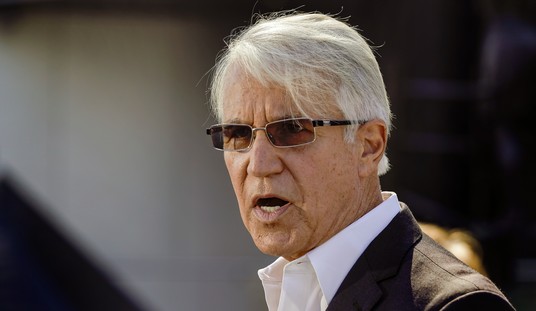
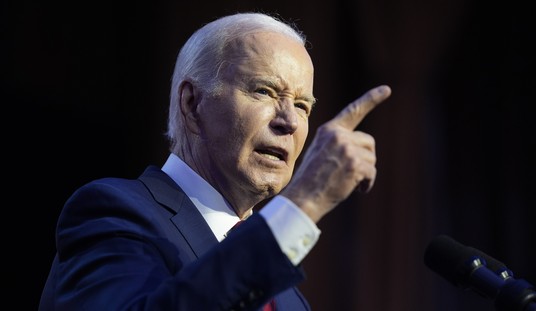

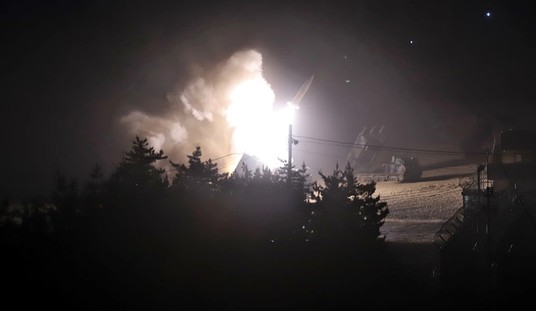


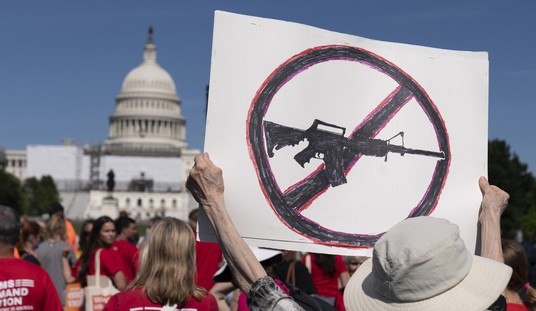
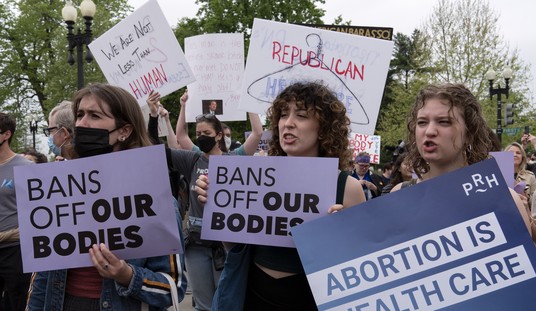
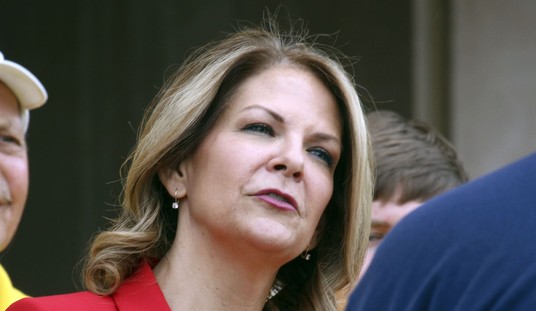

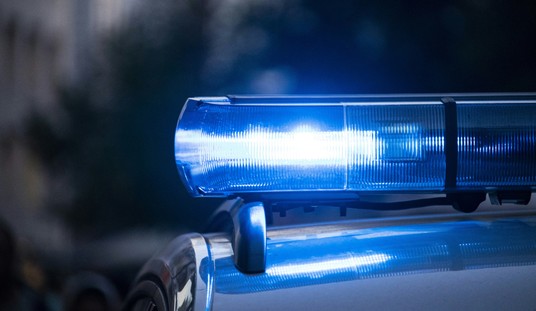


Join the conversation as a VIP Member